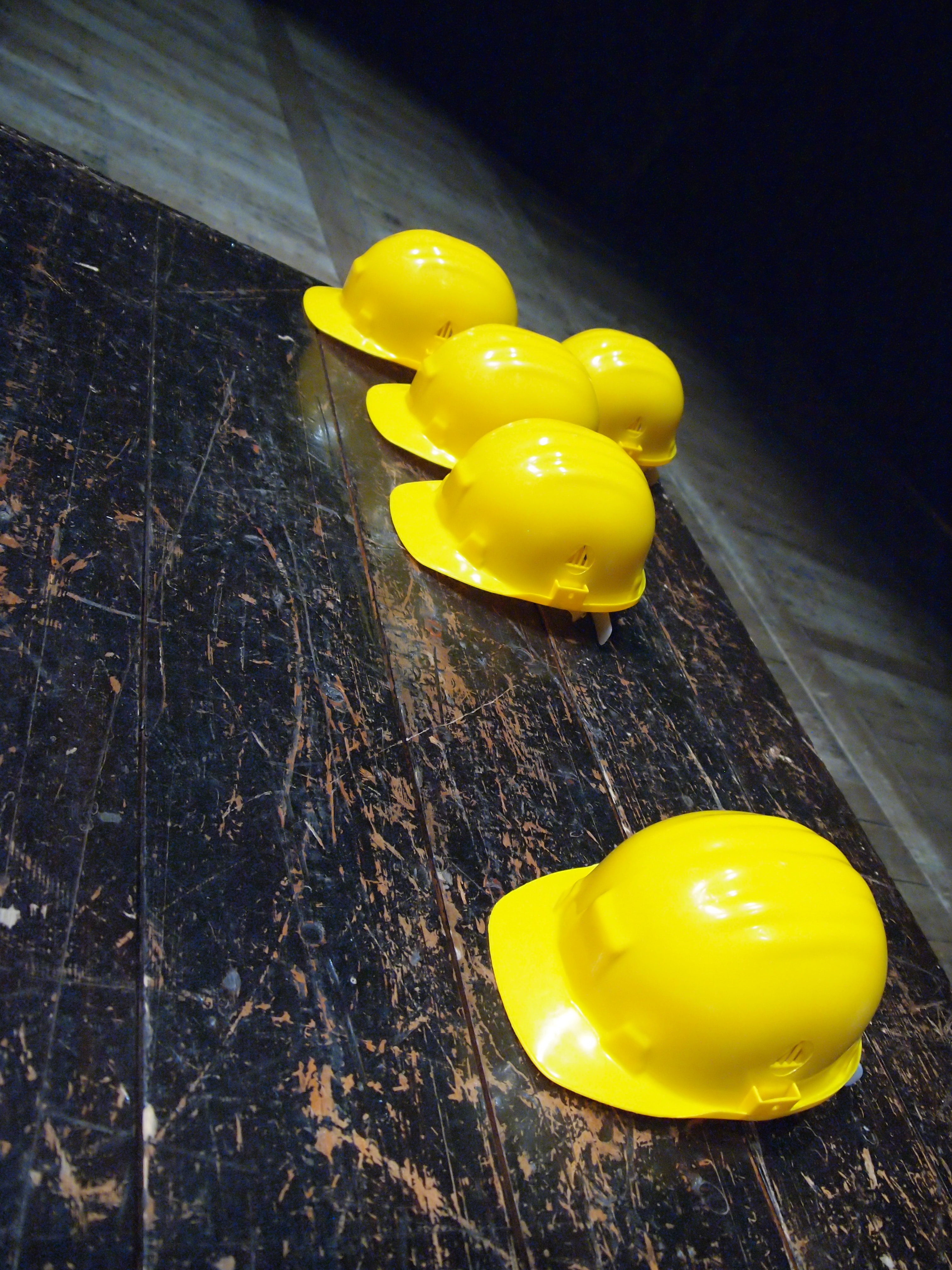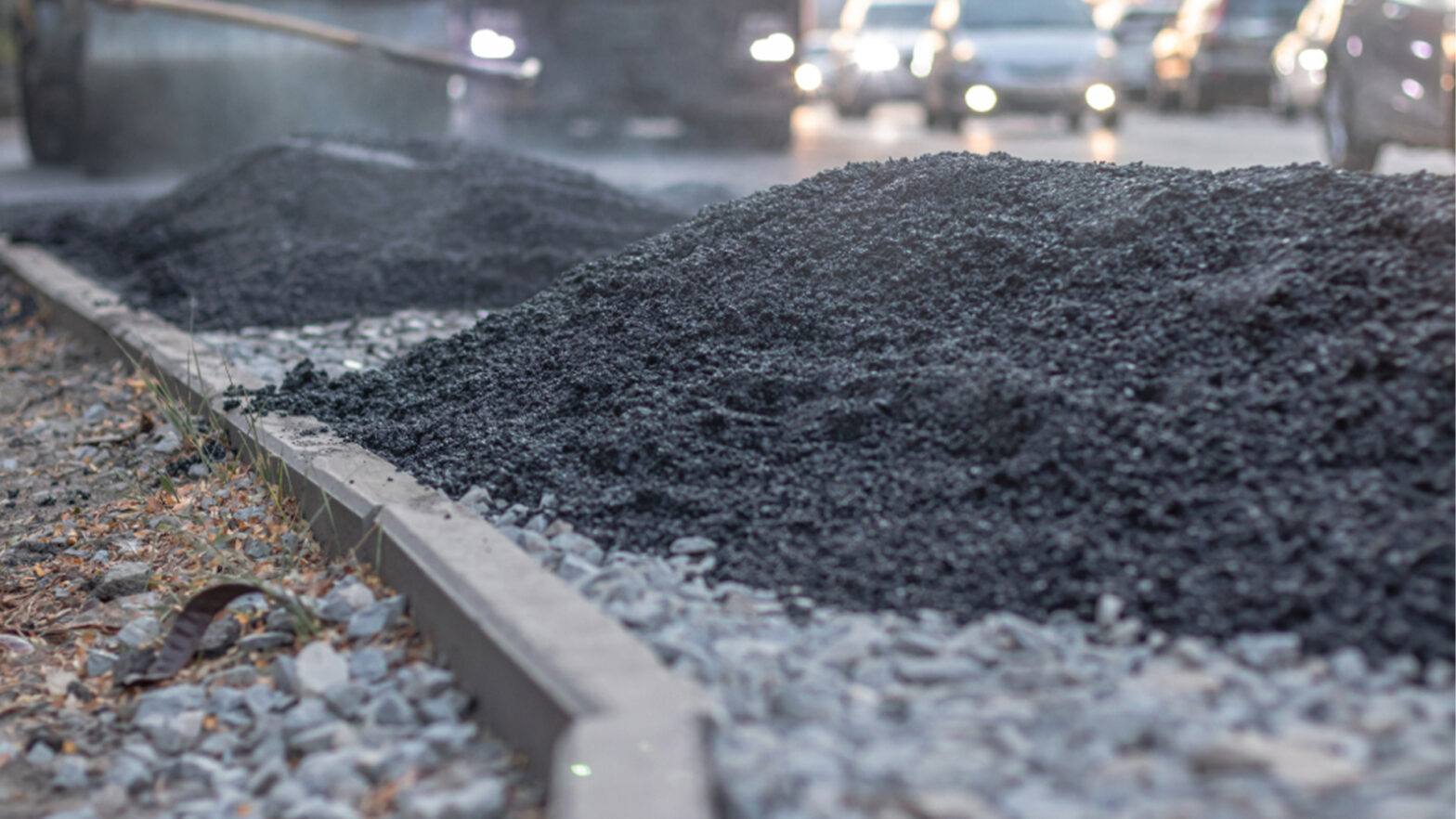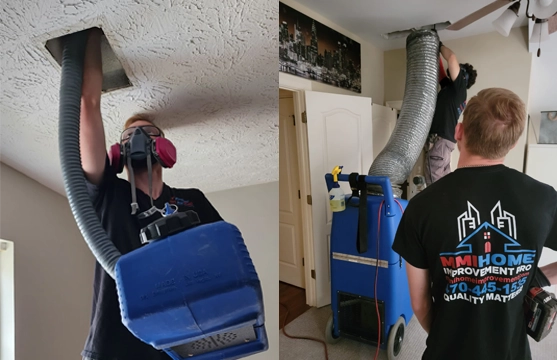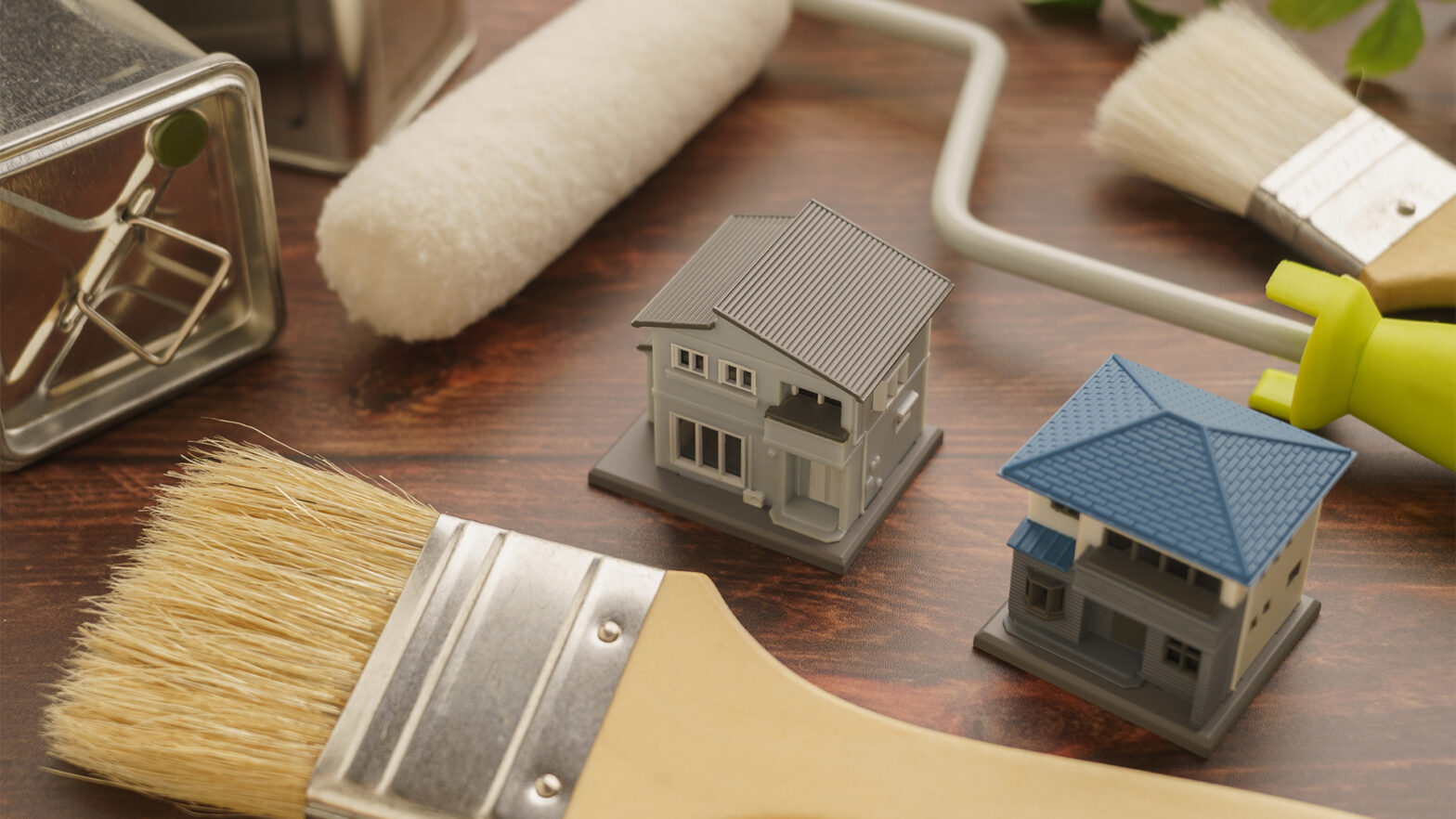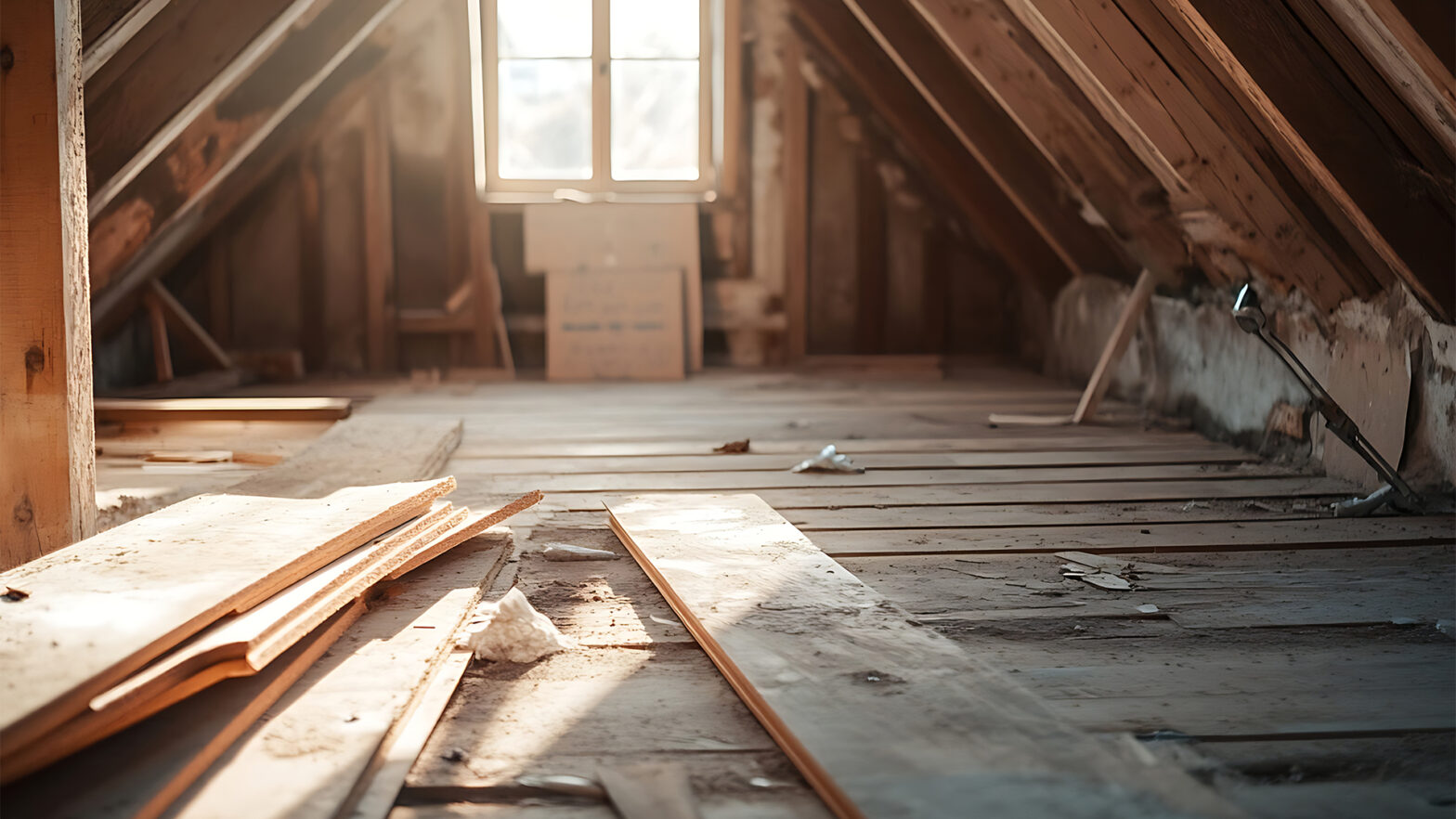
Many of us will have experienced the annoyance of a squeaky floor in our homes, as it turns everyday movements into a choir of creaks and groans. But what is the root cause of this often-common problem, and how can it be tackled in a quick and cheap manner?
Read on as we investigate the common causes of squeaky floors and delve into expert advice from Travis Perkins on how to implement solutions to restore peace in your home.
Whether you see yourself as a bit of a DIY enthusiast, or are considering professional help, the following insights will aim to guide you through the process from start-to-finish.
Understanding the Causes of Squeaky Floors
Picture it now; you are trying to be as quiet as possible to avoid waking anyone as you sneak into your bed after a late night, but instead, you do the opposite, and it is all thanks to the ‘squeak’ from the floorboards. Frustrating to say the least.
Let’s understand the common causes of squeaky floors before we focus on solutions:
What Makes a Floor Squeak
Squeaky floors are often a sign that the wooden floorboards are rubbing against each other or nails. This can be because of movement or just general wear and tear over the course of time. Moisture, temperature changes and improper installation can also further highlight the problem.
Common culprits
Loose floorboards are one of the main culprits which occurs when the boards aren’t fastened securely enough to the joists. This may also cause nail movement, which can in turn mean the nails rub against the wood as they loosen over time. One of the more serious culprits is when there are problems with the joist, which can happen if the gaps are formed following shifts in the structural framework of the floor.
Experts from Travis Perkins emphasise the importance of “Identifying the root cause, as this is the first step to implementing an effective solution.”
Tools and Materials You’ll Need
Budding DIY enthusiasts who want to tackle the squeaky floorboards themselves will need to gather the correct tools before any attempts to begin the repair process.
Here are the tools, widely available at Travis Perkins, that are advised by the experts themselves, to simplify the process of fixing your floorboard and ensuring long-term durability:
Specialist Tools
- Flooring screws
- Carpenter’s glue
- Joist finder
- Squeak repair kits
Essential Supplies
- Hammer or drill
- Wood shims
- Lubricants
Step-by-Step Solutions to Fix Squeaky Floors
1. Locating the Problem
To find the cause of the squeaky floor you should walk across the room in its entirety. If you walk near an area that squeaks, mark it with tape (or chalk if you prefer) so you don’t lose the spot. Should you have a carpeted room, you will need to consider the options you have for removing the carpet from the area without damaging it.
2. Fixing from Above the Floor
For any loose floorboards you should secure these with flooring screws while ensuring that the joists beneath are attached.
If you use lubricants, you can apply powdered graphite between the boards to reduce friction.
3. Fixing from Below the Floor
If you are opting to do the fix from below the floor via a basement or crawlspace, for example, then you will need to insert shims between the joist and subfloor to remove any gaps. Alternatively, use a squeak repair kit to anchor the subfloor securely to the joists.
4. Addressing Larger Structural Issues
For any squeaks that you fear may be due to structural shifts in your property, it is advisable to call in a professional to get a second opinion before engaging in any fix.
5. Consider the benefits of quality skirting boards
Skirting boards reduce squeaky floorboards by stabilising edges, filling gaps, and limiting movement.
Ensuring proper installation will add support, while indirectly securing the boards will prevent the wear and tear that’s associated with causing noise over time.
How To Prevent Future Squeaks
At this point, you have identified the source of the squeak and have actioned a plan to remove the annoyance. But that doesn’t necessarily mean the nuisance has gone for good. Here’s how you can best prevent a future reoccurrence:
Use Proper Installation Techniques
When installing the nails or screws into the joists ensure that everything is secure before completing the work.
Maintain Consistent Humidity Levels
Dehumidifiers are a fantastic way of reducing the moisture levels in the culprit room, as it will help to prevent the wood expanding and contracting.
Inspect Regularly
The squeak has disappeared, but you don’t want it to ever reemerge, so regular inspections of the area you fixed will help to find any loose boards or nails.
What the Experts Say About Squeaky Floors
Local timber and builder’s merchant Travis Perkins has shared the following insights as a guide for making squeaky floors a thing of the past:
Invest in High-Quality Materials
Try not to go cheap on materials like the screws and adhesives you use when implementing the fix, as this will help reduce the likelihood of future squeaks.
Gradually Test Fixes
Start with the simpler fixes, such as lubricants, before moving on to more invasive methods that require not only more expensive materials, but also a higher chance of needing a professional to conduct the work.
Consider Professional Help
If you have attempted to do the fix yourself and the squeak persists, then it may be time to bring in expert intervention to ensure a durable and safe repair.


























